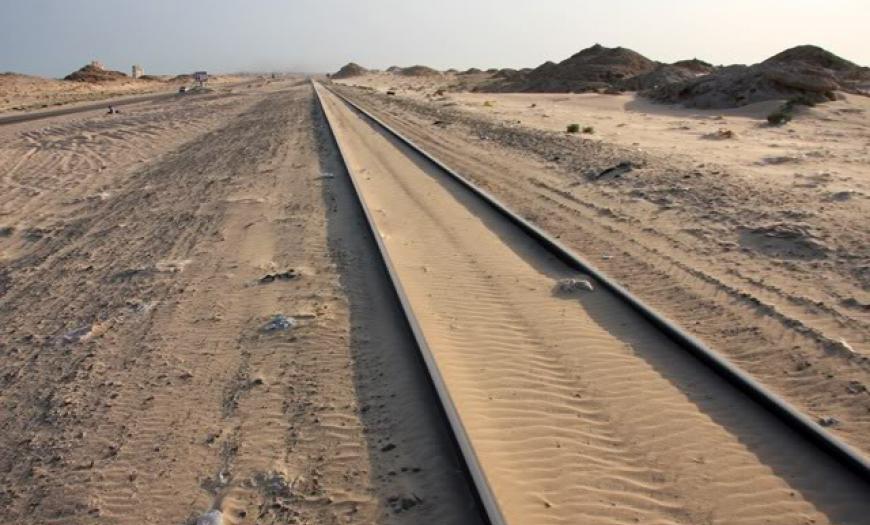For many years Lengiprotrans has been developing the railway network in the Syrian Arab Republic. The main task was to connect the seaports of Latakia and Tartus with the eastern regions of the country for the export of goods (oil, cotton, wheat). Before the start of these works, Syria had only one railway.
First of all, the institute began to develop the project of the Kamyshly - Aleppo - Latakia railway line. The works were divided into two sections: Oronte - Latakia and Oronte - Aleppo - Kamishli.
In 1962-1963, surveys were carried out in the Kamyshly - Aleppo - Oronte section.
In 1964, the project of the line was developed and construction began. At the same time, work was underway to develop working documentation.
The road passed in a semi-desert zone with widespread development of highly saline soils. This created difficulties during the filling of the canvas, the Raqqa - Deir ez-Zaur - Haseki section was especially problematic. As a result of large-scale geological exploration, it was possible to identify areas with lower soil salinity within the arid valleys. In the laboratory of the expedition, a technology for compaction of these soils was developed.
Based on the data of hydrological studies, 3 large and about 10 medium bridges were designed and built in the Raqqa-Dayr-ez-Zaur section. Large-scale structures blocked off waterless valleys, but the first severe flash flood proved the feasibility of this.
A diesel locomotive depot was built at Aleppo-Sortirovochnaya station to service almost all roads in northern Syria. A plant for the production of sleepers was also designed there.
The work of the design and survey group was noted by the Embassy of the USSR in the Syrian Arab Republic and the Department of Railways of Syria. Chief geologist V.A. Tishkin was listed in the Embassy's book of honor.
Design of the railway line Kamyshli - Aleppo - Latakia
Author's department:
Project Status:
Organization of communication between industrial areas and Mediterranean ports of Syria for the export of goods


